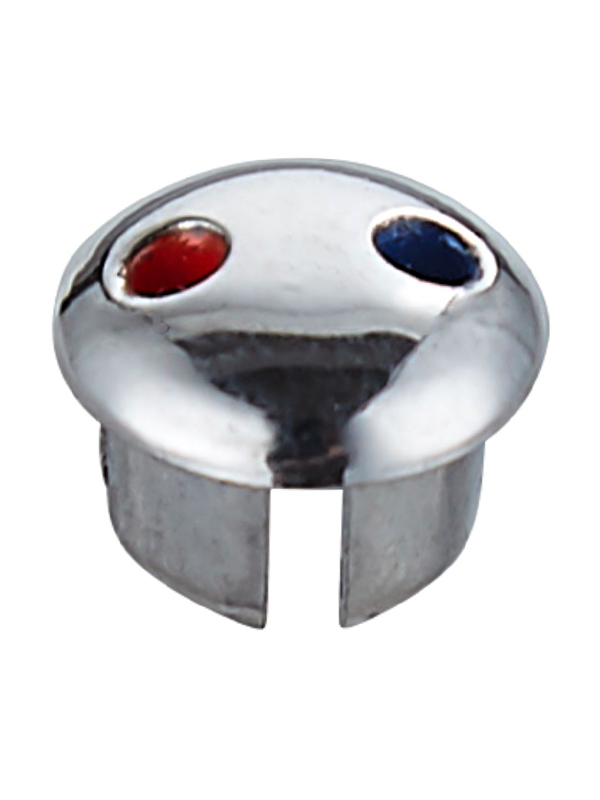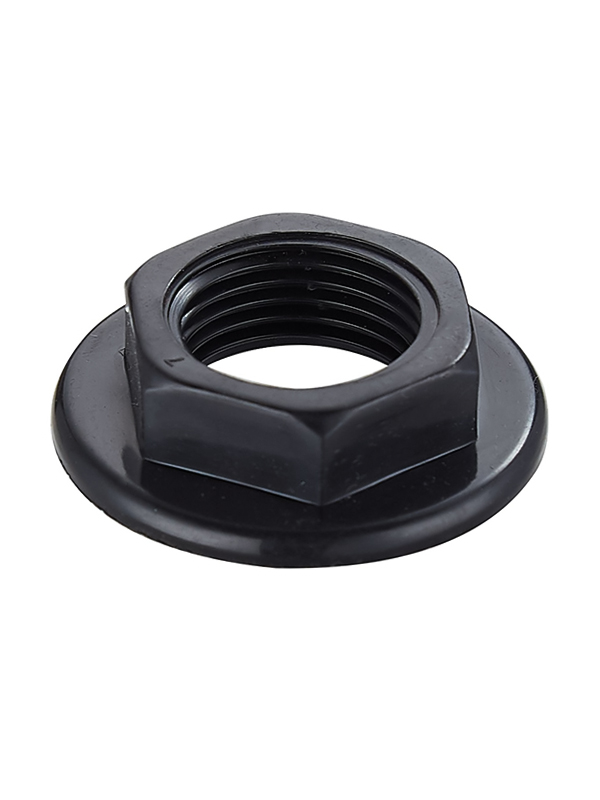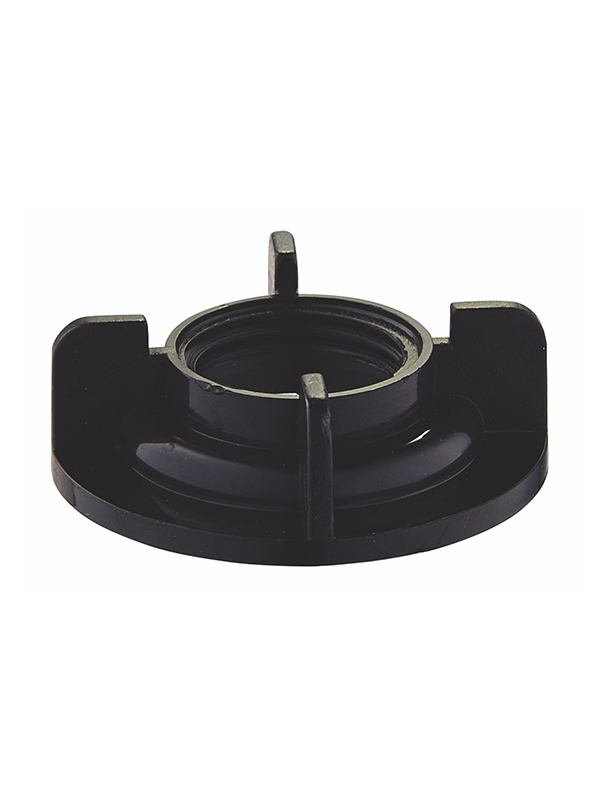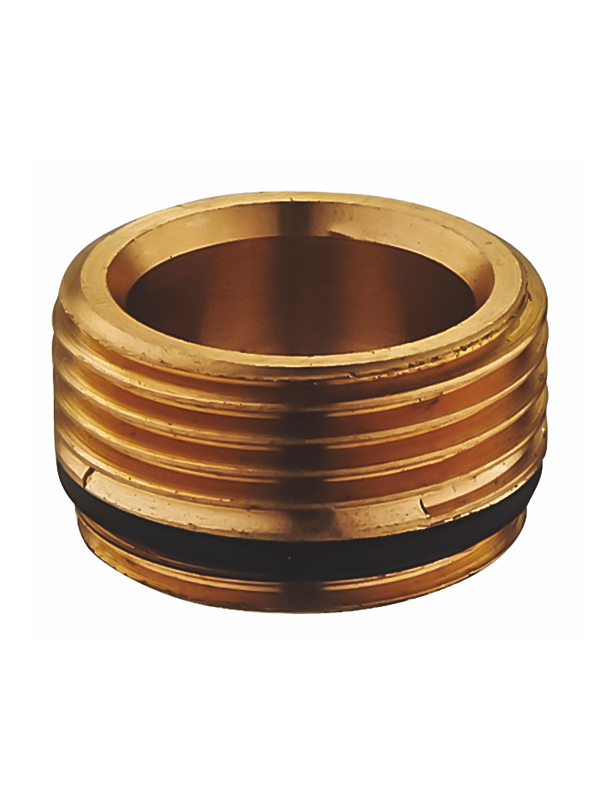In contemporary kitchen and bathroom design, the mixer faucet has established itself as a sophisticated solution that seamlessly blends hot and cold water to achieve precise temperature control. This innovative plumbing fixture has transformed how people interact with water in residential and commercial spaces, offering a streamlined alternative to traditional two-handle configurations. The growing preference for the mixer faucet reflects a broader trend toward intuitive interfaces that simplify daily routines while enhancing the visual appeal of interior spaces. From smallist kitchen installations to luxurious bathroom suites, the mixer faucet represents a thoughtful convergence of engineering excellence and aesthetic consideration.
The operational principle of the mixer faucet centers on its ability to combine water from separate hot and cold supply lines through a single control mechanism. Unlike conventional faucets that require adjusting separate handles, the mixer faucet typically features a single lever or handle that simultaneously regulates both water temperature and flow rate. The internal cartridge of a quality mixer faucet contains precisely engineered components that respond smoothly to user input, maintaining consistent water temperature despite pressure variations in supply lines. This intelligent design makes the mixer faucet particularly user-friendly for people of all ages and abilities, contributing to its widespread adoption in diverse settings.
Contemporary mixer faucet designs showcase remarkable diversity in styling and configuration while maintaining their fundamental operational advantages. Today's market offers mixer faucet options in various finishes including brushed nickel, matte black, polished chrome, and oil-rubbed bronze, allowing for coordination with different interior design schemes. Modern mixer faucet configurations include deck-mounted models for traditional installation, wall-mounted versions for smallist aesthetics, and bridge-style designs that pay homage to historical plumbing fixtures while incorporating current technology. The development of specialized mixer faucet variants has produced pull-down kitchen models with flexible spray heads, widespread bathroom versions with separate spout and handle installations, and commercial-grade designs engineered for high-frequency use.
The installation considerations for a mixer faucet involve both practical and aesthetic dimensions that influence the overall user experience. Kitchen designers often select a mixer faucet that complements the sink configuration and countertop material while providing sufficient clearance for cleaning large pots and pans. Bathroom designers typically choose a mixer faucet that aligns with the vanity style and available deck space, ensuring comfortable access for handwashing and other hygiene activities. Professional installers must ensure proper connection to water supply lines while verifying that the mixer faucet's flow rate complies with local water conservation standards. These installation factors highlight how the successful integration of a mixer faucet requires balancing technical requirements with human factors and design considerations.
Looking ahead, the mixer faucet category continues to evolve through technological innovation and changing user expectations. Recent developments include mixer faucet models with magnetic docking systems that securely retain pull-down spray heads, touchless activation features that enhance hygiene in food preparation areas, and temperature memory functions that recall preferred settings. Water efficiency remains a driving force in mixer faucet design, with advanced aerators and flow restrictors helping reduce consumption without compromising performance. As smart home technology becomes more prevalent, we may see increased connectivity in mixer faucet systems, potentially including voice-controlled operation, usage monitoring, and integration with whole-house water management systems. The ongoing refinement of mixer faucet technology ensures this versatile fixture will continue to meet evolving needs for convenience, conservation, and aesthetic expression in kitchen and bathroom environments worldwide.










